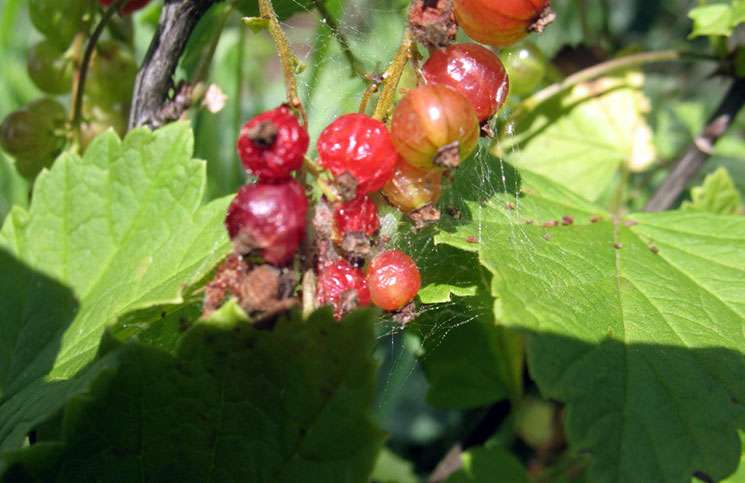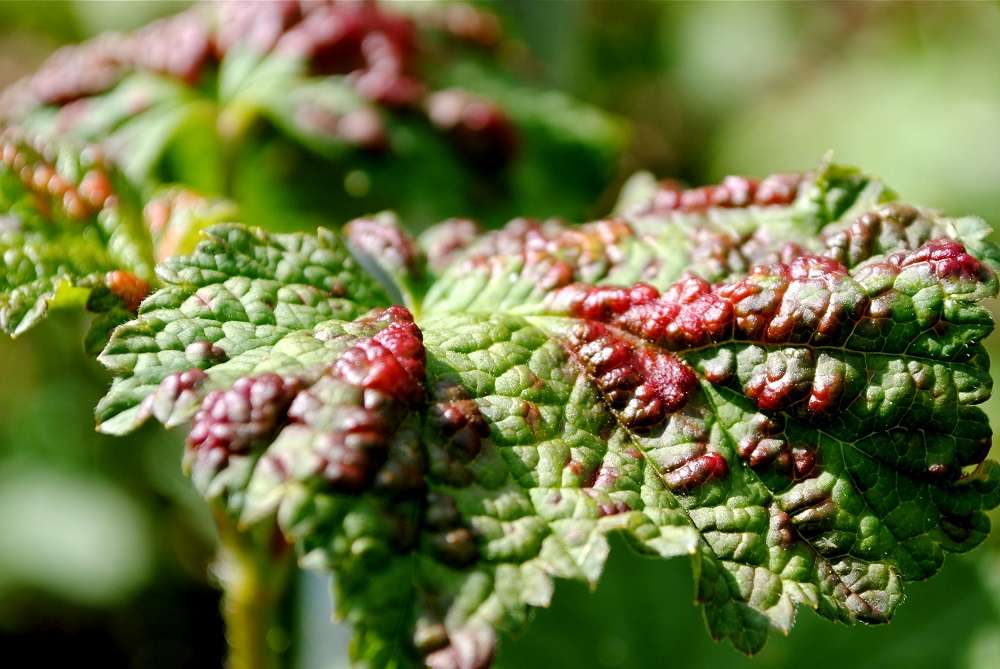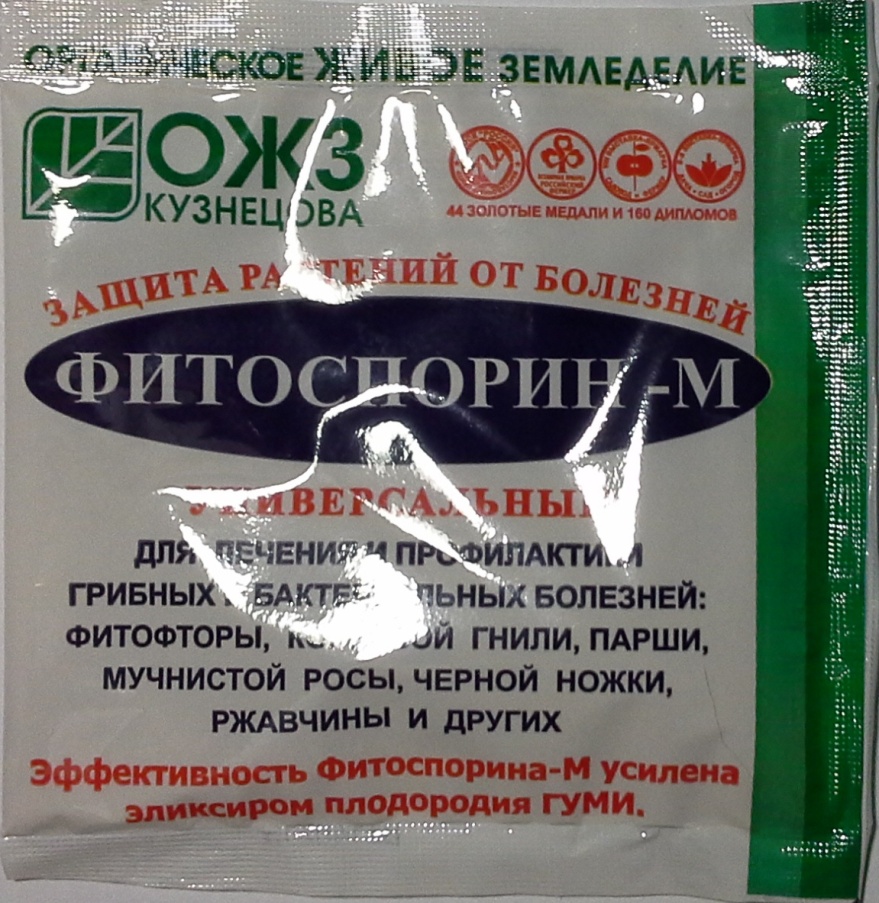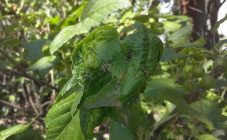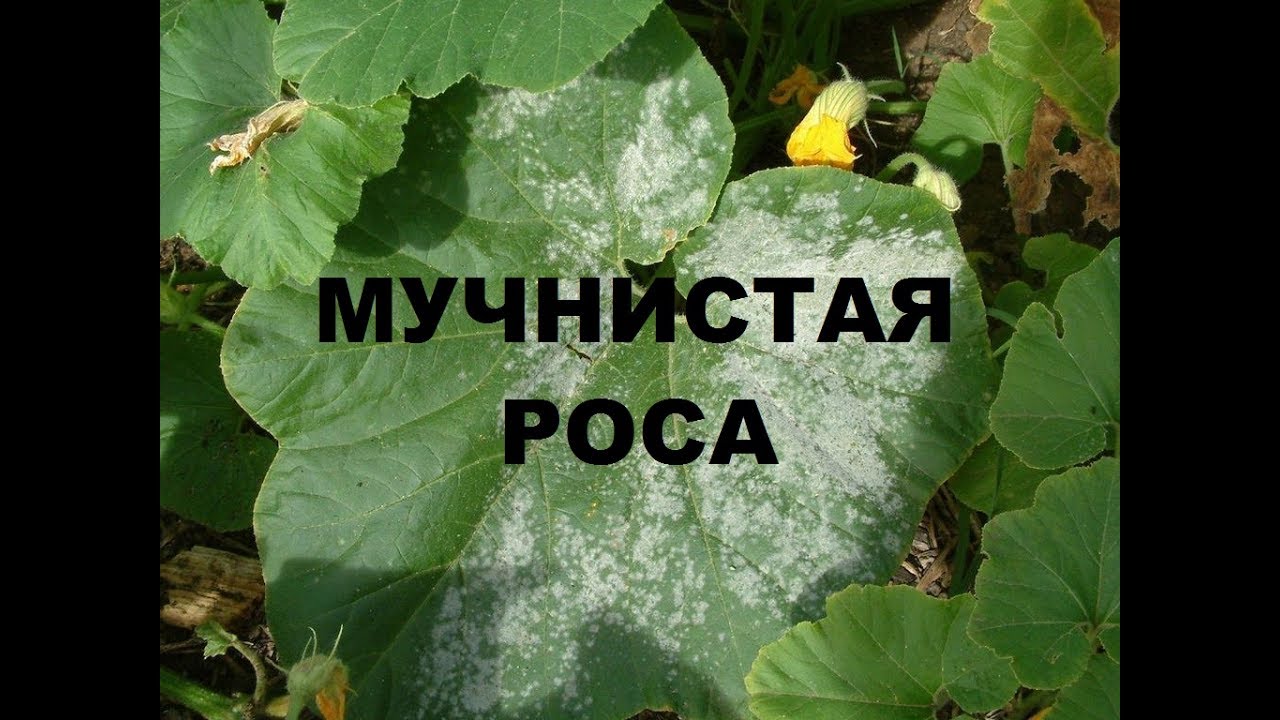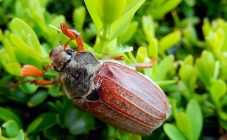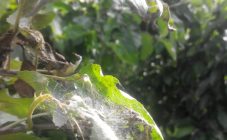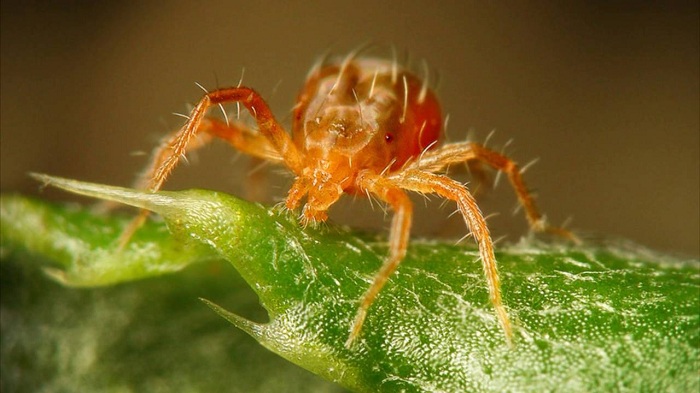Content:
The emergence of insect pests can reduce the volume of fruiting even the most productive varieties of currants planted on a carefully cultivated area. Due to the activity of such insects, the garden culture may completely die. To prevent the loss of yield and planting material, preventive and curative measures against insect pests should be followed.
The most common pests
Fire
The most common gooseberry moth is a representative of the Butterfly biological order. It has small dimensions and gray wings. The location of pupae of wintering moths is in the soil, under bush currant plantations, which complicates the process of combating moths on currant bushes. Their appearance occurs in the spring with a stable warming up of the air temperature to + 13оС. The cavity of the flowers of the currant bush serves as a reservoir for the ovipositor. The number of moth individuals on one bush can reach two hundred. Caterpillars appear one week after laying the eggs. You need to know what a moth cannot tolerate on a currant, how to deal with its appearance, otherwise its constant habitation in the garden will lead to the death of the currant planting. Measures taken in time to combat the gooseberry moth will help preserve the ripe crop.
Gallica
Gall midges are small flying insects that look like mosquitoes. Any part of the plant can become the affected area where the gall midge has settled on the currant. Adult 2 mm individuals are yellow-brown in color. Initially white, as the caterpillars develop, the color changes to red-orange, and in the last stage of growth turns to red.
There are three types of gall midge:
- Leafy ones that damage young leaves by eating and settling on them. A leaf damaged by a gall midge does not develop, curls up and falls off. Young shrub growths are most susceptible to invasions of leaf gall midges;
- Flower gall midges lay eggs in the ovaries of flowers, which leads to the death of inflorescences that have acquired a spherical shape. Saturated larvae move from the bud to the soil;
- Stem gall midges for the ovipositor select the cracked fragments of the trunk of a currant bush. This happens at the end of the flowering stage. For nesting, the larvae choose a place under the bark, where huge colonies are formed. Fragments of the bark inhabited by stem gall midges, like the shoots, die.
During the larval stage, each of the abovementioned representatives of the gall midge species overwinters in the upper soil layer. Caterpillars begin to pupate with the onset of stable warming. With the transition of the shrub to the flowering stage, mature individuals are activated.
Weevil
The kidney weevil is a gray-colored beetle belonging to the short-proboscis type. Representatives of these parasitic insects are characterized by a bisexual reproduction method.Mature individuals eat the vegetative organs of buds and flowers. The place for laying eggs is located next to the planting of currants. The development of the larvae of the bud weevil is carried out in the fruits and stem tissues. Knowing how to prevent the appearance of weevils on currants and how to deal with this pest, you can prevent loss of yield.
All weevils are divided into two types:
- short-haired;
- long-probed.
Leaf roll
The leafworm is a 3-centimeter moth, whose wings fold flat horizontally. The larvae are yellow-green in color. The number of eggs laid at a time is about a hundred. Caterpillars are distinguished by the black color of the head with rows of peculiar hooks on the sides of the body, devoid of hair. In addition to destroying leaves, leafworms also eat buds. The wintering place of the currant leafworm is the leaves, shrouded in cobwebs.
Signs of the appearance of parasites
- when moths spread in the garden, in addition to the presence of caterpillars, many berries on the bushes rot and turn out to be covered with cobwebs;
- the presence of a colony of gall midges can be recognized by the swollen areas (galls) in the habitats of the larvae;
- the emergence of parasitic weevils is notable for the absence of currant berries;
- the appearance of leafworms is remarkable for twisted leaves, enveloped in a light layer of cobweb.
How to get rid of pests
To carry out the processing of currant bushes in the fall from pests, which counteracts the appearance of insects such as caterpillars and larvae of parasites, you can use the following folk methods:
- Boil a kilogram of wilted wormwood with a little water for 15 minutes. Wormwood solution is diluted with 10 liters of water;
- Finely chop 1 kilogram of tomato tops and place in 11 liters of water. After boiling for half an hour, add 40 grams of laundry soap;
- Pour 100 grams of finely chopped hot pepper pods with a liter can of water. After an hour of boiling, infuse for two days. Filter, dilute with water in the ratio of half a glass to 10 liters of water and add 40 grams of laundry soap to the product.
Treatment with boiling water is considered a universal remedy in the fight against parasitic insects. However, despite the fact that dousing with boiling water only strengthens the bush planting, it should not be 100% - it is necessary to let it cool for some time. All branches must be tied together before being treated with hot water. It is possible to scald a currant bush only when the plant is in a state of dormancy - this is the period of the first warming, before the first green buds appear.
Any planting in the garden with the onset of summer may be invaded by parasitic insects. In order to preserve the harvest, it is necessary to take measures to eliminate pests in a timely manner, preferably in the spring, at the end of March.
